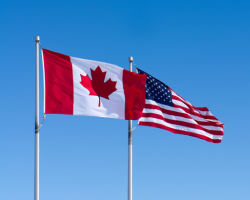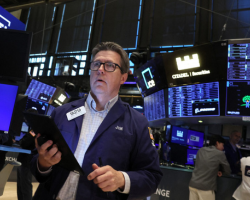Markets React to Powell’s Rate Stance, Trump’s Tariffs, and Earnings Reports | Daily Market Analysis
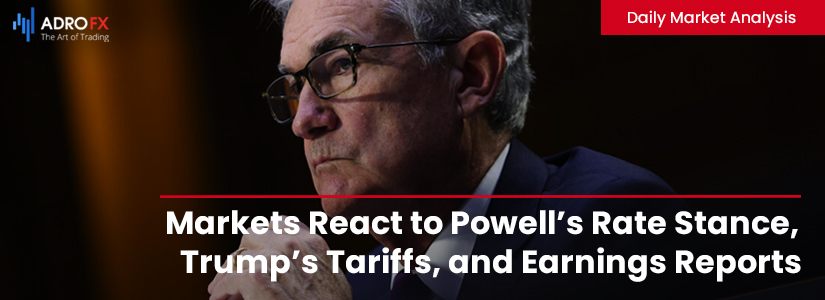
Key events:
- USA - Core CPI (MoM) (Jan)
- USA - CPI (MoM) (Jan)
- USA - CPI (YoY) (Jan)
- USA - Fed Chair Powell Testifies
- USA - Crude Oil Inventories
- USA - 10-Year Note Auction
The S&P 500 closed with modest gains on Tuesday, as Federal Reserve Chairman Jerome Powell signaled no urgency in cutting interest rates, while concerns mounted over the inflationary impact of President Donald Trump’s new tariffs. The Dow Jones Industrial Average added 123 points, or 0.3%, while the S&P 500 inched up 0.1%. The NASDAQ Composite slipped 0.4%, weighed down by losses in technology stocks.
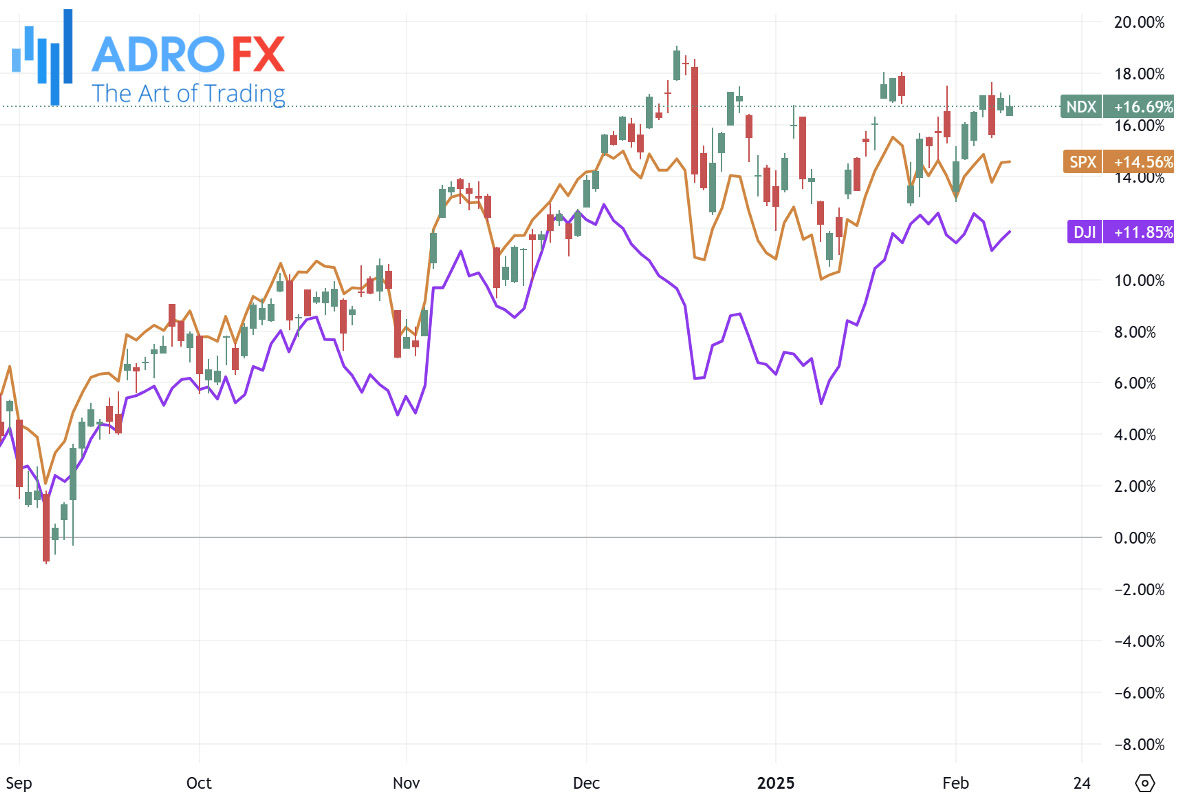
With more than half of the fourth-quarter earnings season completed, S&P 500 firms are on track to deliver earnings growth of 14.8% year-over-year, surpassing initial estimates of under 10% set at the start of 2025. Investors have been closely watching corporate results, with many companies outperforming expectations despite macroeconomic uncertainty. Coca-Cola (NYSE: KO) climbed nearly 5% after beating estimates for both profit and revenue in the fourth quarter, supported by resilient consumer demand and price increases across its beverage portfolio.
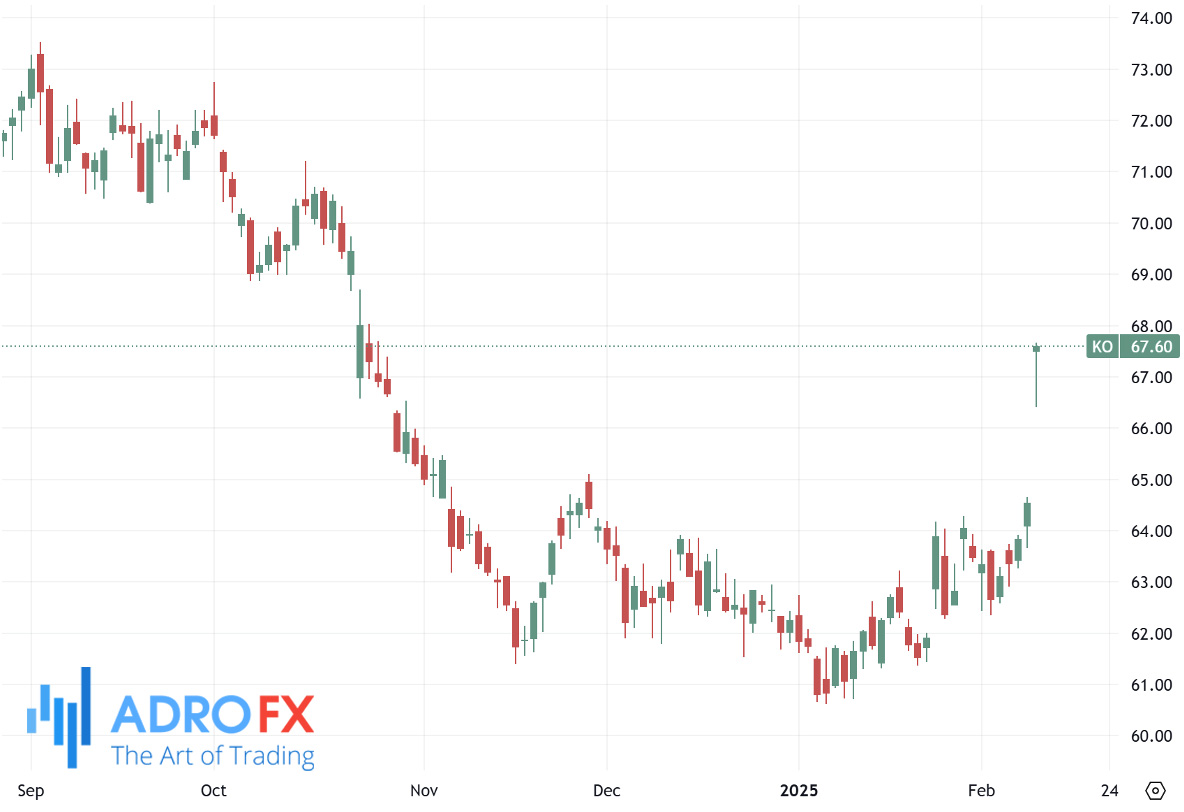
The US dollar maintained its strength in early European trading on Wednesday, with the USD/CAD pair advancing to around 1.4295. Market participants are now focusing on the US Consumer Price Index (CPI) report due later in the day, which could influence the Federal Reserve’s monetary policy stance. The CPI is expected to rise 2.9% year-over-year in January, while core inflation, which strips out volatile food and energy prices, is projected at 3.1%. Powell’s congressional testimony reinforced the Fed’s cautious approach, emphasizing that rate cuts would not come prematurely, particularly as Trump’s tariff measures introduce additional inflationary risks.
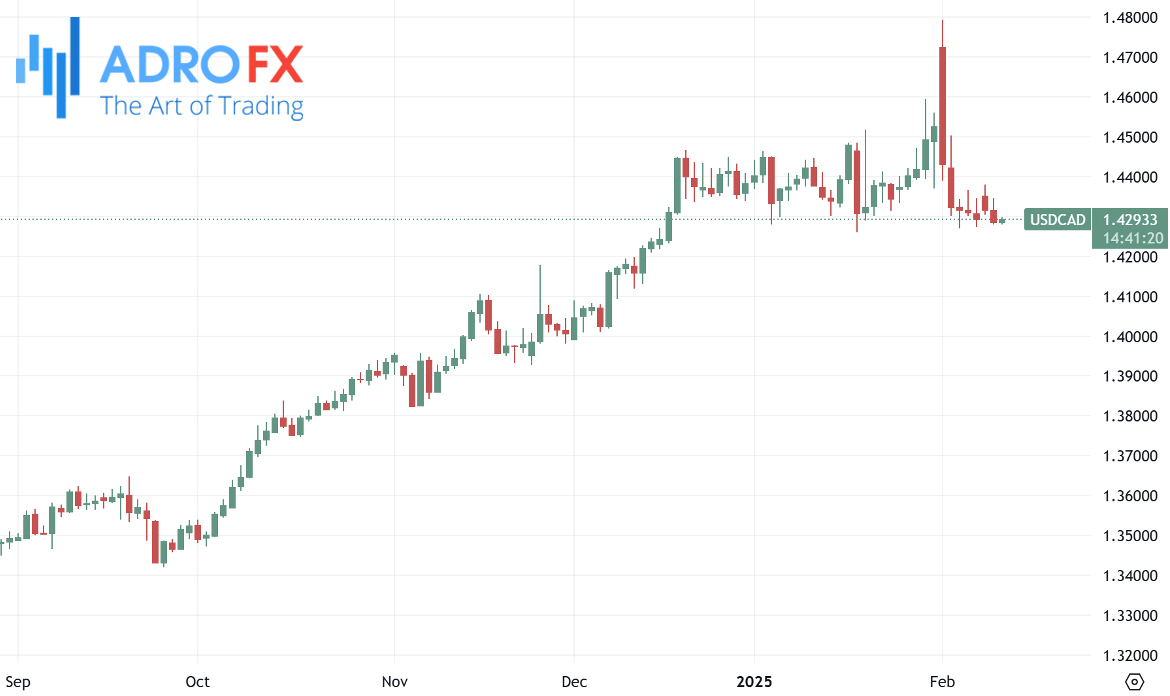
Trump signed proclamations imposing tariffs on steel and aluminum imports, including those from Canada. However, the restrictions will not take effect until March 12, providing a window for negotiations. Canada remains the largest oil exporter to the United States, and rising crude prices have offered some support to the Canadian dollar. Oil prices edged higher as geopolitical tensions and sanctions raised concerns over Russian and Iranian supply. This dynamic has partially offset USD strength, keeping USD/CAD’s upside in check.
The Japanese yen remained under pressure for a third consecutive session as worries mounted over the economic fallout from Trump’s trade policies. Market sentiment leaned toward risk-taking, further weighing on the yen, traditionally seen as a safe-haven currency. Japan’s Finance Minister Katsunobu Kato stated that the government is assessing the impact of the new US tariffs and will respond accordingly. Meanwhile, Industry Minister Yoji Muto urged Washington to exempt Japan from steel and aluminum duties, though there has been little indication that such a concession will be granted. The Bank of Japan’s monetary policy stance remains in focus, with Governor Kazuo Ueda reiterating the need for a measured approach in achieving the country’s 2% inflation target. Recent wage growth data and broadening inflationary pressures could support another rate hike at the BoJ’s upcoming March policy meeting.
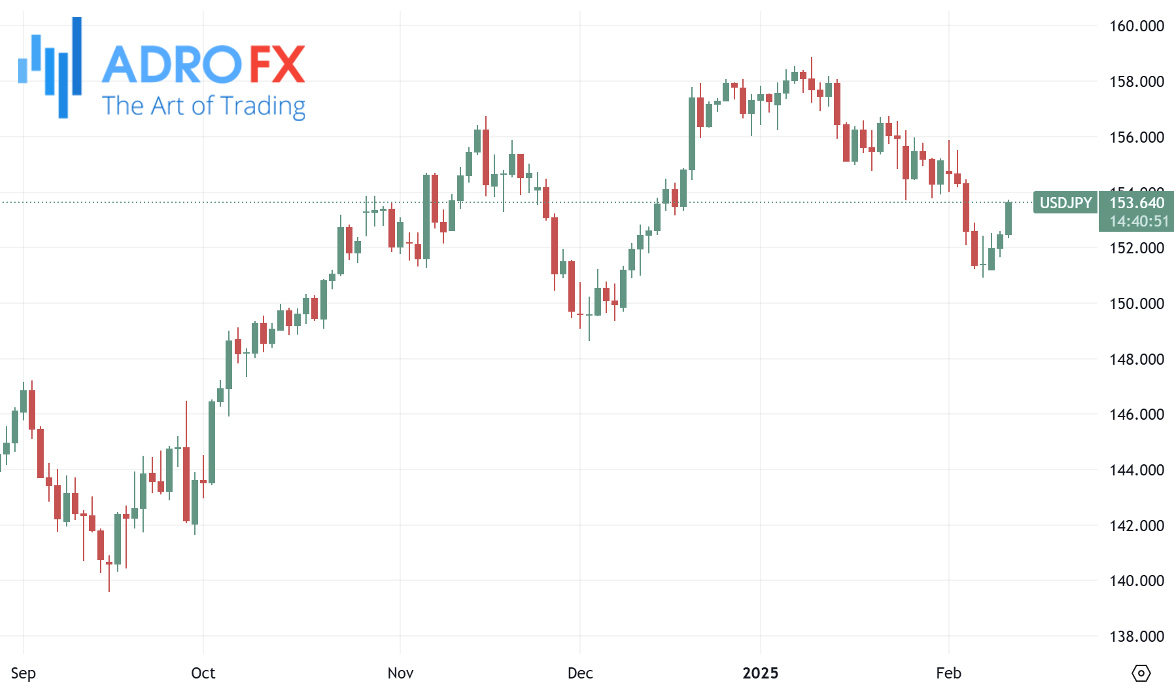
At the same time, the USD/CHF pair traded near 0.9130, showing little movement. The Swiss franc, a traditional safe-haven asset, could see increased demand as geopolitical risks intensify. Israeli Prime Minister Benjamin Netanyahu warned that a ceasefire in Gaza could soon be over, stating that military operations would resume unless Hamas released hostages by Saturday. Heightened tensions in the Middle East have kept investors on edge, with potential implications for risk sentiment and demand for safe-haven assets like the Swiss franc and gold.
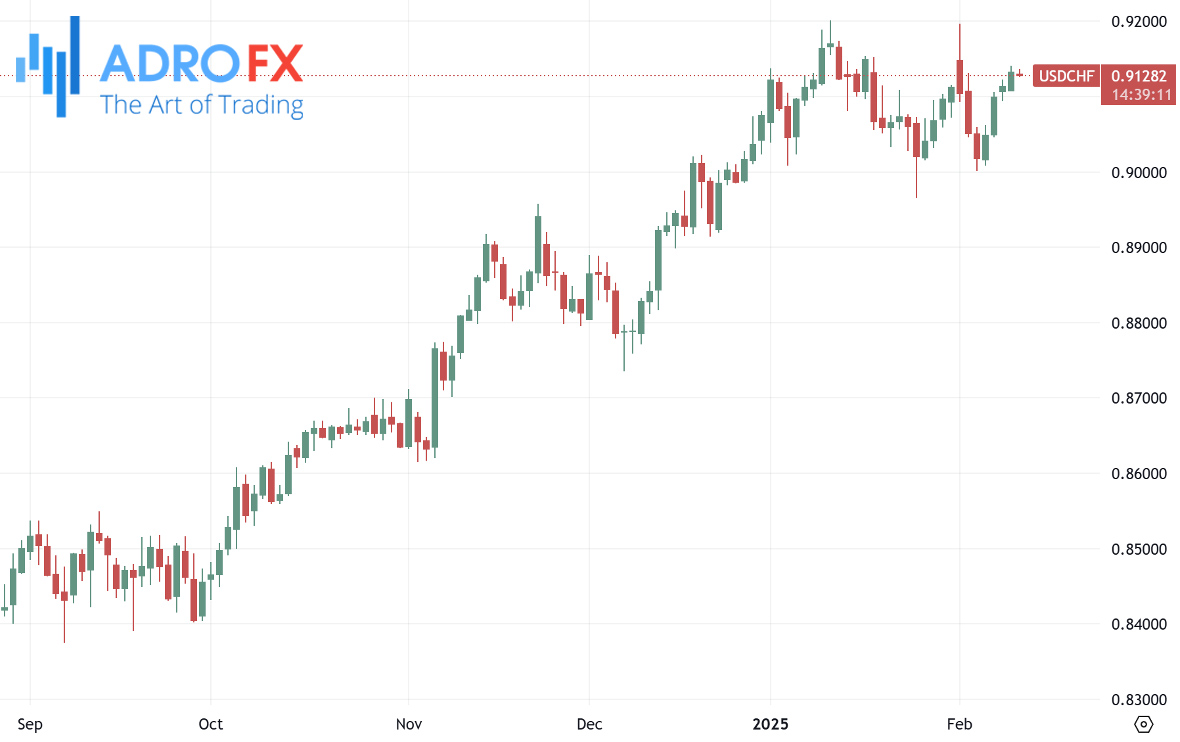
The Australian dollar struggled against its US counterpart, pressured by Trump’s tariff policies and Powell’s firm stance on interest rates. The AUD/USD pair faced headwinds as investors anticipated a more dovish stance from the Reserve Bank of Australia. Australian Trade Minister Don Farrell reaffirmed efforts to secure a tariff exemption similar to what the country achieved under Trump’s administration in 2018. However, traders remain cautious, with expectations of an RBA rate cut rising sharply. The central bank, currently holding a 4.35% cash rate, is widely expected to lower it to 4.10% at its February meeting, with markets pricing in a 95% probability of this move. Cooling inflation data has reinforced the case for a policy shift, adding pressure on the Australian dollar.
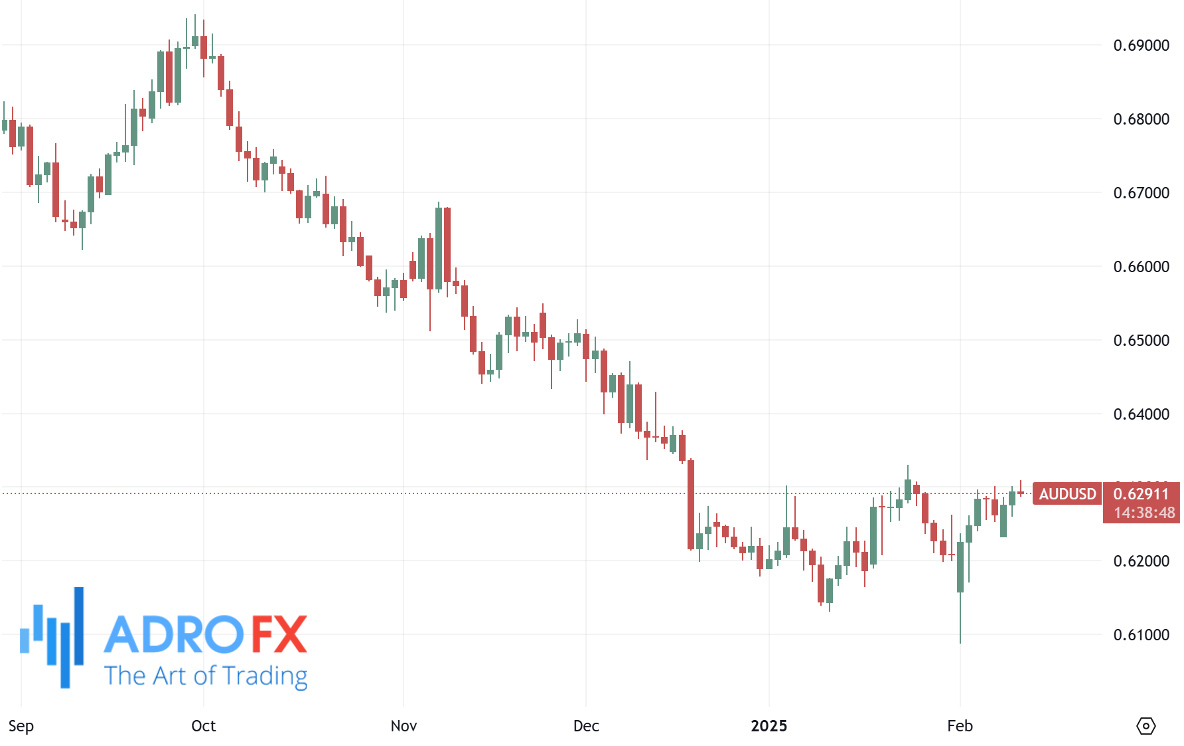
Looking ahead, market participants are focused on the release of the latest US inflation figures and Powell’s continued testimony. The CPI report will serve as a key input for the Fed’s decision-making process, with investors watching for any signs that inflation is cooling faster than anticipated. Powell’s remarks have already signaled that the central bank remains in no rush to cut rates, particularly given the strength of the US job market and economic growth. While equity markets remain supported by resilient corporate earnings, the interplay of monetary policy, trade tensions, and geopolitical developments will continue to shape investor sentiment in the coming sessions.


